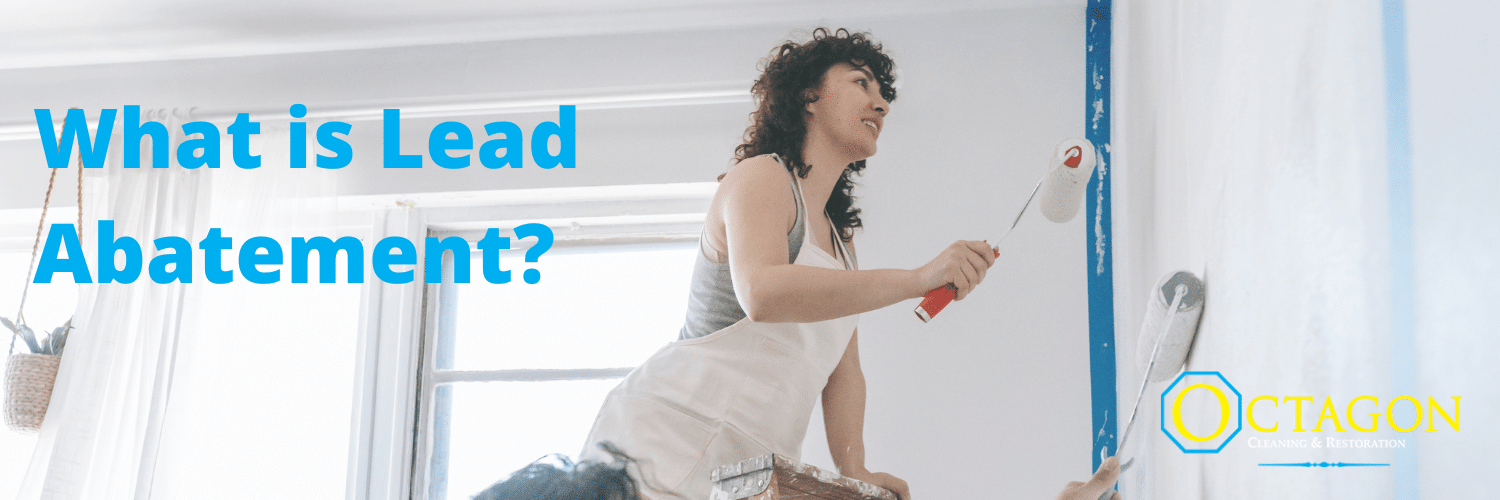
Lead exposure is most common in buildings built before 1950 (paint was up to 50% lead!) and buildings from before 1978. In 2010, the Environmental Protection Agency set laws to prevent further lead poisoning, requiring that contractors are certified in EPA lead removal standards.
Lead-contaminated dust, soil, water, and paint in poor condition can all present lead hazards. It’s important to consider the condition and location of the paint, as well as who lives in the space. For example, lead-based paint on a window sill or a stair railing can seriously hazard young children living in the space. These surfaces are frequently touched, resulting in paint wearing down over time and potentially chipping, which could be touched or consumed. If no children visit regularly and the paint is intact, it can safely be left alone.
Why is Lead Exposure So Dangerous?
Lead is a metal that is highly toxic and can cause a wide range of health issues, with children at the highest risk. It can cause damage to the brain as well as your kidneys, nerves, and blood. Behavioral and learning issues and seizures are common results of lead poisoning.
How to Test for Lead
It’s very easy to test for the presence of lead-based paint. Your local hardware store most likely sells at-home test kits. If you do find that there is lead-based paint, it’s time to determine your method of removal. In Maine, federal law requires EPA-certified contractors to handle safe lead removal in homes and daycares built before 1978. EPA certification is a must to not only safely (and legally!) remove lead-based paint but also determine the most effective method for that specific property.
How is Lead Removed?
Lead paint cannot be removed aggressively. Some forbidden removal methods are burning/torching, machine sanding (without a HEPA filter), or power washing/blasting. There is no way to guarantee that contaminated water or paint chips are completely contained when removed in this fashion, which is why they are not viable removal techniques.
Lead can be removed in a few different ways, two of which we will touch on:
- Encapsulation – while it’s best to completely abate all lead, you can encapsulate if removal isn’t an option. This is a method of containing lead paint rather than actually removing it. A special liquid called an encapsulant is applied over lead paint and prevents chips or dust from escaping into the air/living space.
- Wet scraping – this involves spraying lead-painted surfaces with water and then physically scraping the surface of all traces. Keeping everything wet while sanding or scraping stops dust or debris from affecting the workspace. Very safe, though a very labor-intensive method of removal.
Octagon Cleaning & Restoration is certified in removing lead in residential and commercial spaces; our technicians are trained, knowledgeable, and understand that this can be stressful. We are ready to make your home or workspace as safe as possible! Contact us to get started today!
